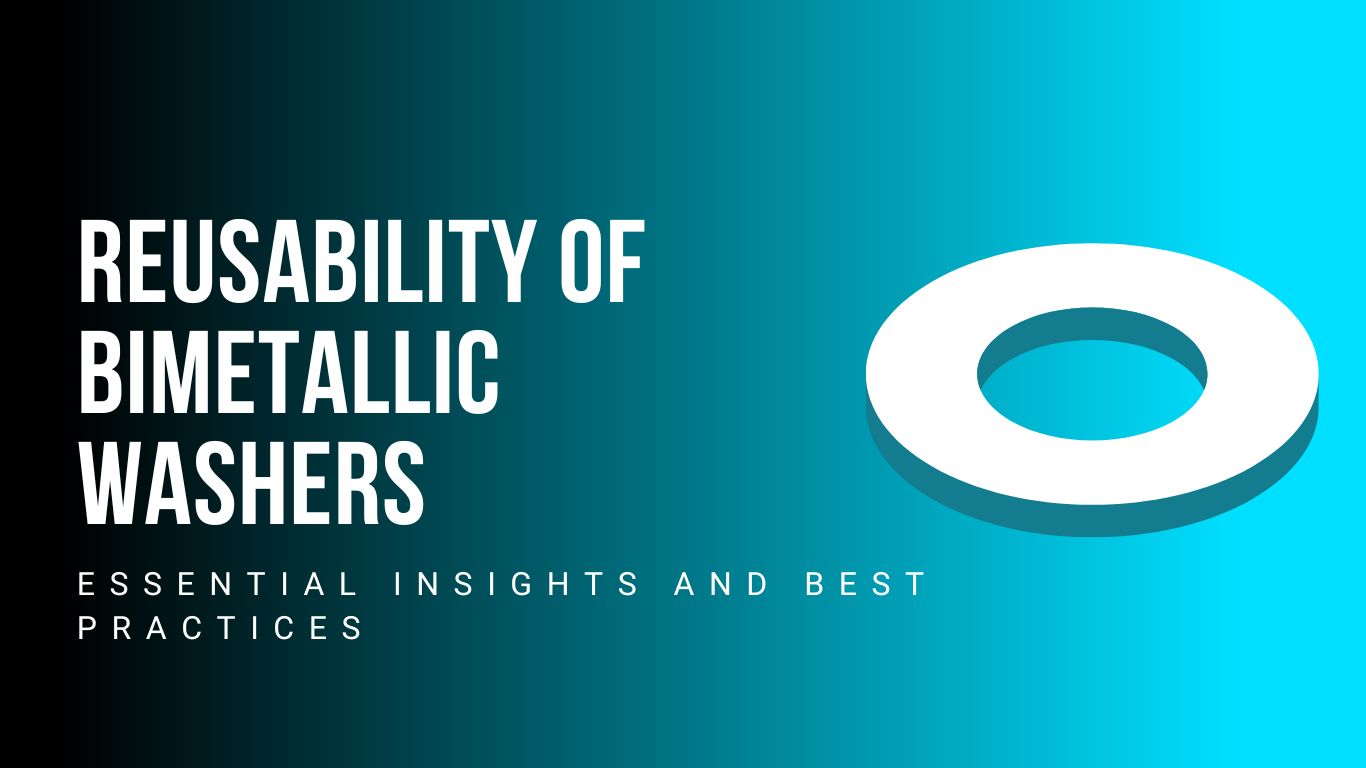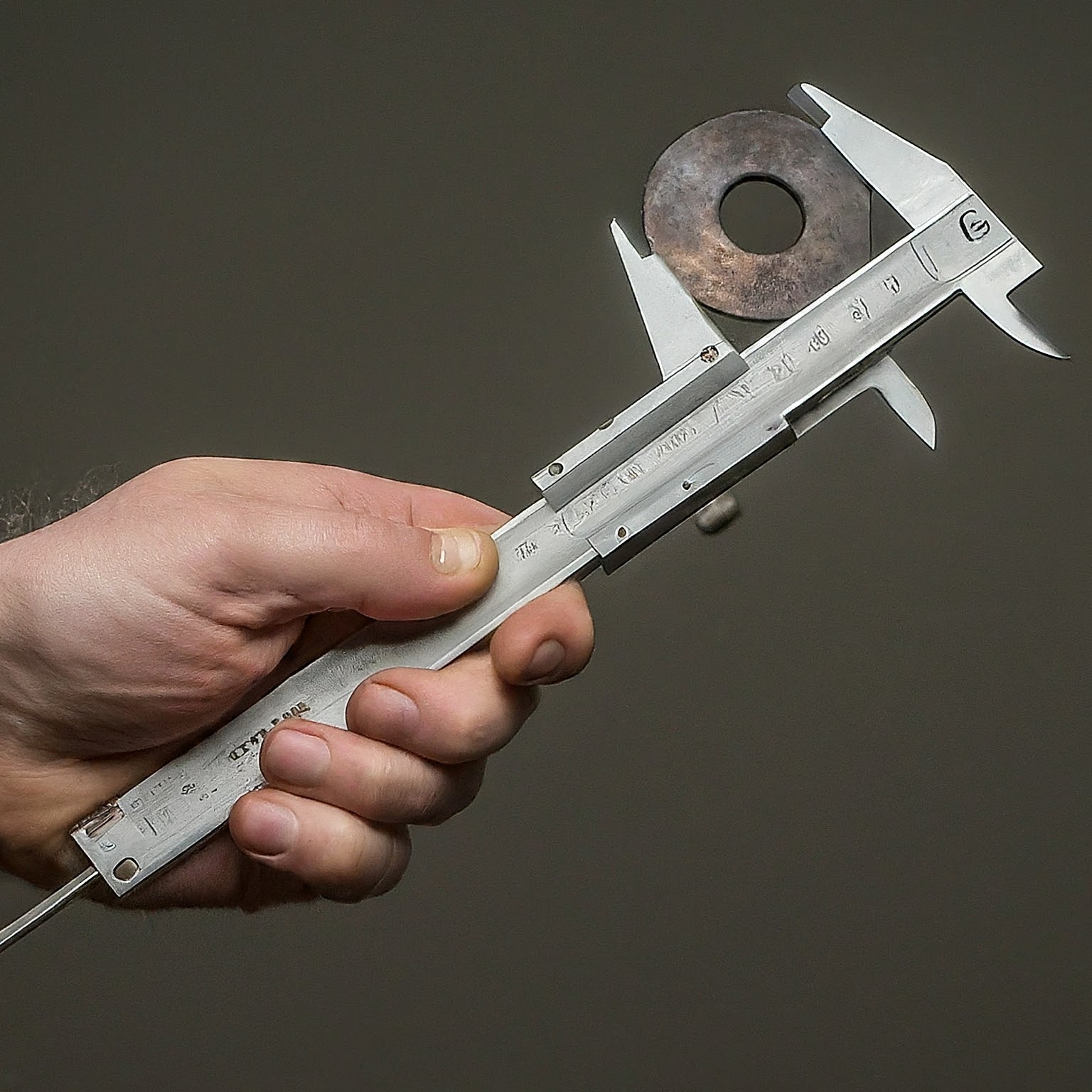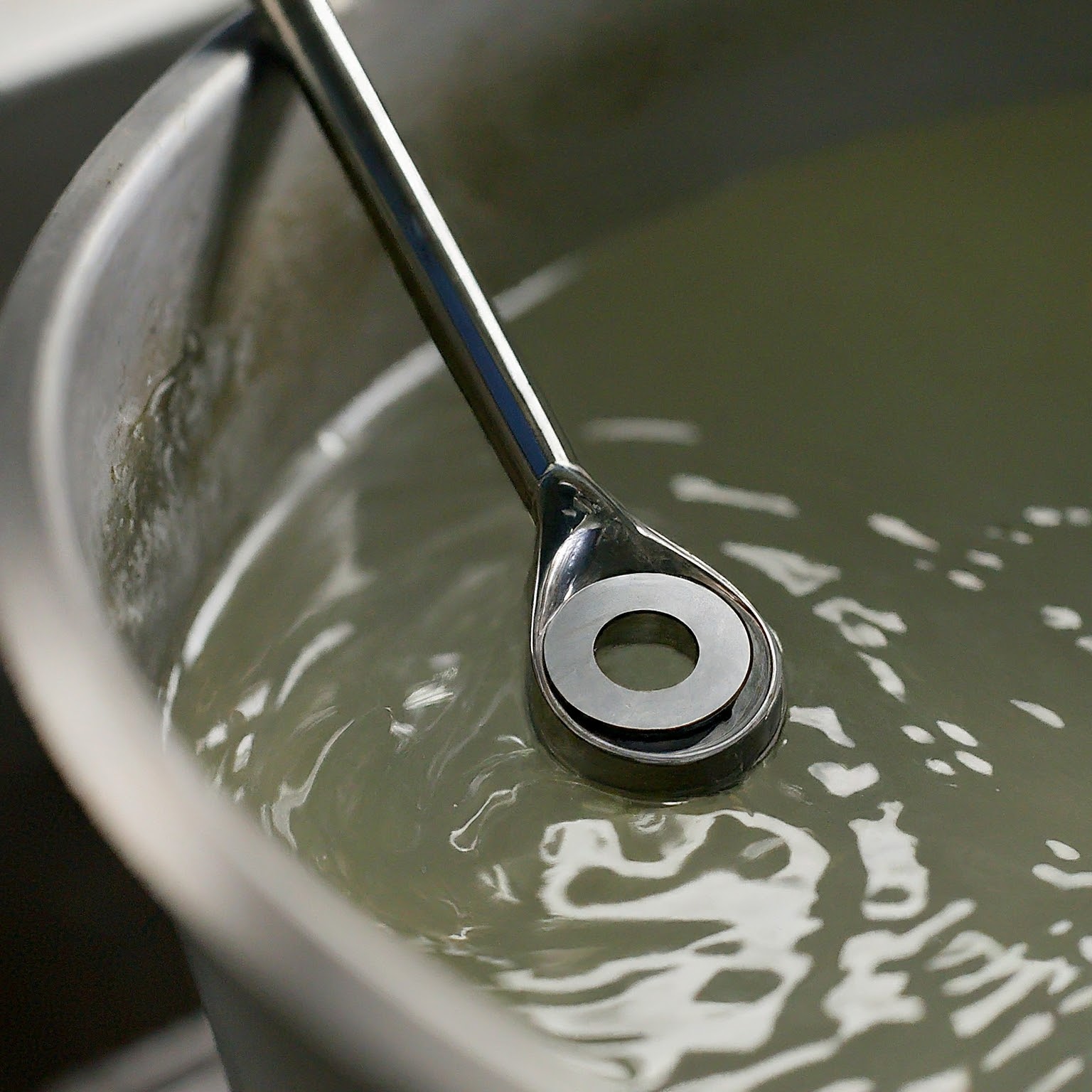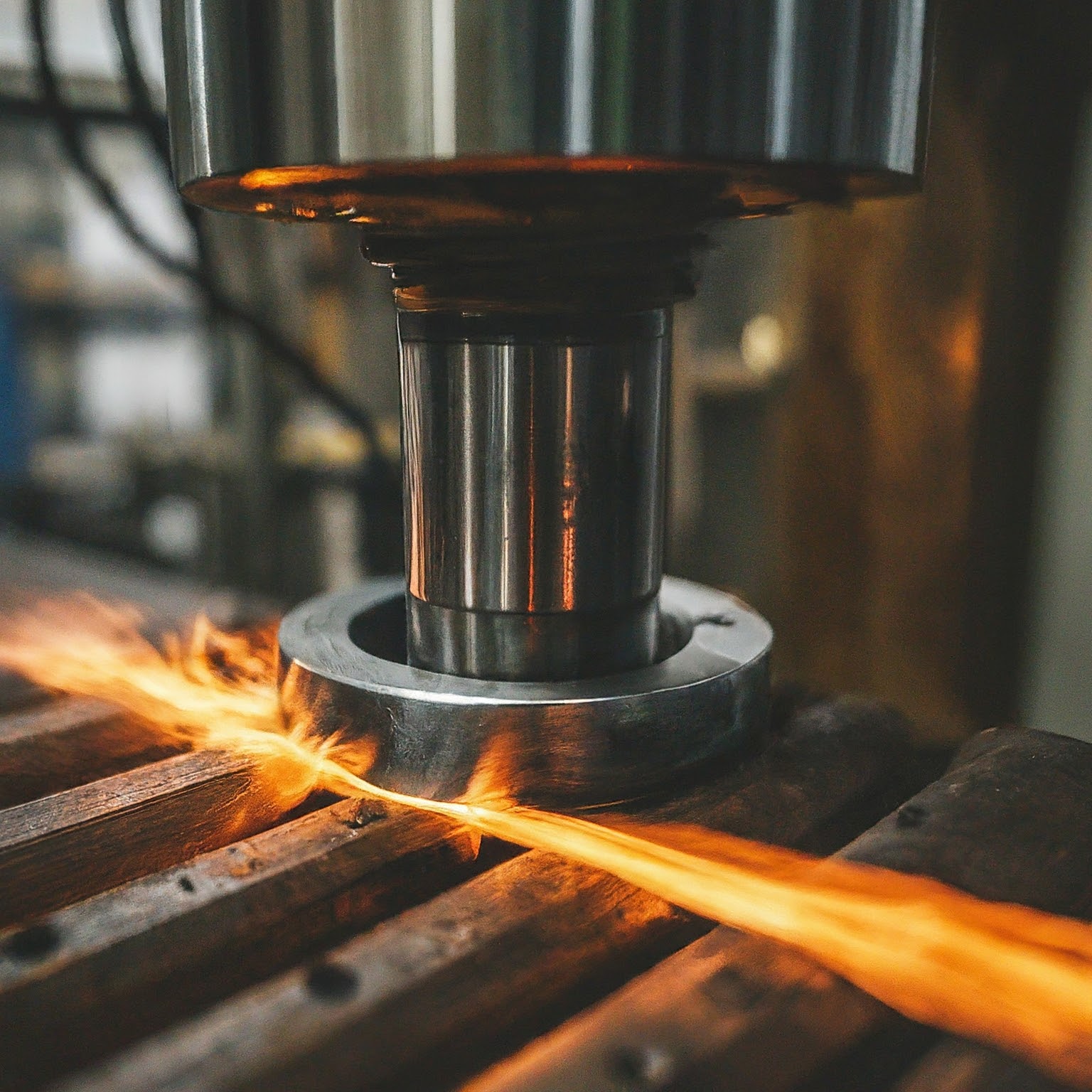Reusability of Bimetallic Washers: Essential Insights and Best Practices

When it comes to ensuring the longevity and efficiency of mechanical components, bimetallic washers offer a practical solution. These components are not only durable but also reusable, which can be a significant advantage in various industrial applications. In this article, I’ll delve into the reusability of bimetallic washers, highlighting key insights and best practices to help you make the most out of them.
Table of Contents:
- What Are Bimetallic Washers?
- Benefits of Reusing Bimetallic Washers
- How to Assess the Condition of Bimetallic Washers
- Best Practices for Reusing Bimetallic Washers
- Common Issues and How to Address Them
- Conclusion
What Are Bimetallic Washers?
bimetallic washers are specialized components made from two different metals. These metals are typically bonded together to combine their unique properties, resulting in a washer with enhanced performance characteristics. Commonly, one metal provides strength and durability, while the other offers resistance to corrosion or high temperatures.
Key Characteristics:
- Material Composition: Combines two metals for improved performance.
- Design: Often features a layered construction with different metals.
- Applications: Used in various industrial settings, including automotive, aerospace, and machinery.

Benefits of Reusing Bimetallic Washers
Reusing bimetallic washers can offer several advantages:
Steps to Prepare Your Workspace:
- Cost Efficiency: By reusing these washers, you can reduce replacement costs and extend the lifespan of your components.
- Environmental Impact: Reducing waste by reusing washers aligns with sustainable practices.
- Consistency: Reused washers that are still in good condition can maintain consistent performance in machinery.
How to Assess the Condition of Bimetallic Washers
Before deciding to reuse bimetallic washers, it's crucial to assess their condition:
- Visual Inspection: Look for signs of wear, corrosion, or deformation. If the washers appear damaged or compromised, it’s best to replace them.
- Measurement: Check the thickness and diameter of the washers to ensure they still meet the required specifications.
- Functionality Test: Ensure that the washers continue to perform their intended function without any issues.

Best Practices for Reusing Bimetallic Washers
To maximize the reusability of bimetallic washers, follow these best practices:
- Proper Cleaning: Before reuse, thoroughly clean the washers to remove any debris, oil, or contaminants that could affect performance.
- Inspect Regularly: Regular inspections help identify any wear and tear early, allowing you to address issues before they affect machinery.
- Storage: Store washers in a clean, dry environment to prevent corrosion and damage.
- Follow Manufacturer Guidelines: Adhere to any specific recommendations provided by the washer manufacturer regarding reuse and maintenance.
For shim washer manufacturers India or stainless steel shim manufacturers, adhering to these best practices will ensure you maintain the integrity of their products.
Common Issues and How to Address Them
Here are some common issues you might encounter with bimetallic washers and how to handle them:
- Corrosion: Even though stainless steel shims and steel shims India are resistant, exposure to harsh chemicals or environments may cause issues. Regularly inspect shim plates and replace them if necessary.
- Deformation: Washers that have been deformed may no longer provide a proper seal or support. Replacing deformed washers is usually necessary.
- Wear and Tear: Over time, washers can experience wear and tear. Regularly checking their condition will help you catch any issues early and avoid potential failures.
If you need replacements or additional components, consider sourcing from ss shims manufacturers or exploring options like ss shim plates for various applications.

Conclusion
The reusability of bimetallic washers can offer both economic and environmental benefits. By understanding their characteristics and following best practices for maintenance and reuse, you can extend their lifespan and ensure they continue to perform effectively. Remember to assess their condition regularly, follow proper cleaning and storage practices, and replace them when necessary to maintain optimal performance.
About Sachin Shim
Our range of shims includes metal, machine, industrial, precision, adjustable, machinery, engineering, custom, and alignment shims. These shims are designed for various applications, such as machinery alignment, fine adjustments in industrial-grade machines, engineering projects requiring steel shims, heavy-duty machinery requiring versatile metal shims, aerospace applications demanding precision stainless steel shims, automotive use requiring adjustable aluminum shims, precision engineering projects using high-quality brass shims, construction applications requiring durable plastic shims, specialized machinery needing customized shim solutions, and manufacturing processes requiring fine-tuning shims for precise alignment and accurate machine setup and leveling.
Author
Meet Sachin, our expert author in industrial materials with a deep understanding of brass shim sheets. With years of experience, Sachin brings valuable insights and expertise to this guide, making him a trusted source for all things related to brass shim sheets. Join us as we delve intothe art of crafting brass shim sheets with Sachin leading the way.
List Other similar blogs







